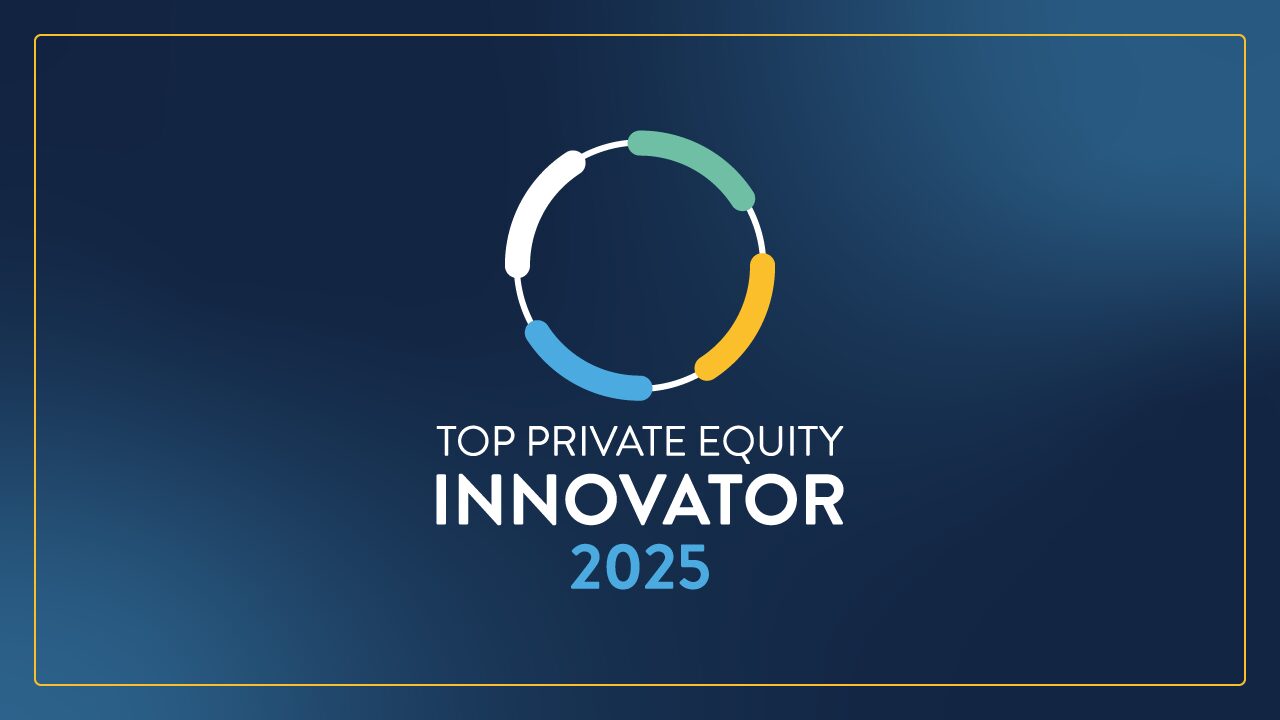Despite all the uncertainty and disruption still lingering from last year, 2021 offers ample opportunities for companies to refocus on what matters most: healthy communication and collaboration, an inclusive workplace culture, and ultimately greater productivity. While companies need to understand what will be different in the post-COVID era, they should also remember what will stay the same: the need for real human connection, whether it is mediated by technology or not.
#1 – New Ways To Assess and Engage With Employees
Office politics has always been a fact of life – employees have often been rewarded by who knows how to best navigate office politics versus who does the best work. We are now seeing signs that remote work can help companies reward employees based on merit and by giving traditionally overlooked colleagues more of a voice and having more objective processes to measure them. In some cases, the remote work era is even prompting companies to consider new employee performance metrics altogether.
According to a recent PwC survey of U.S. executives in the process of shifting to remote work, most companies are focused on “greater flexibility in work hours” (57 percent) to drive productivity. In effect, outmoded measures of employee performance – such as the number of hours an employee works – are becoming less important. Companies are instead moving to a more merit-based model: efficiency in completing a task, quality of work, and the ability to collaborate productively with colleagues.
While the trend toward evidence-based employee assessment was already underway before COVID-19, the pandemic has privileged some forms of interaction and evaluation over others. For example, a recent Deloitte report explains that remote work is “usually assigned by the outcome, instead of by task, enabling productivity assessment.”
The influence of office politics on managers’ perceptions becomes more limited as they make assessments based on concrete outputs versus subjective impressions. Although after-work drinks or trips to the golf course help colleagues build closer connections, these activities can also be exclusionary and give managers a biased attitude toward employees’ performance.
We will never get to a point where in-person interactions are completely supplanted by technology (nor should we want this to be the case), but managers should take this opportunity to determine if their assessment methods are as rigorous and impartial as they can be.
#2 – Balancing Productivity With “Organized Serendipity”
Many employees have proven that they’re capable of being just as productive at home as they are in the office – in fact, 94 percent of employers say productivity has been just as high or higher during the pandemic as it was before. Other surveys (such as this one conducted by the Boston Consulting Group) have found that a significant proportion of employees have maintained their productivity while working remotely. Meanwhile, 72 percent of office workers say they would like to work from home at least two days per week.
Although productivity has remained steady, employees haven’t been able to interact with their colleagues or clients/customers as naturally as before. Without chance encounters in the break room, close colleagues poking their heads around corners to say “hi,” and the occasional coffee meetup with a client, employees may feel disconnected. As we all know by now, this can eventually take an emotional and psychological toll. What can companies do to address this?
As offices remain closed and people continue to work from home, companies may consider creating what I call organized serendipity – getting people together in a structured but organic way to facilitate relationship building and creative collaboration. For example, at BluWave, we’ve launched a virtual, topic-driven event series to share best practices among our roster of PE fund clients. After a brief panel discussion, clients break out into discussions on sub-topics and network with each other using an interactive technology platform. The organization comes from cutting the groups by functional expertise, but the agenda is loose enough to allow for actual networking that does not feel forced.
On the employee front, while some are still working from home and others are socially distancing at our physical office, we host “Friday lunch hours” that gather everyone together to share a meal and chat about the upcoming weekend.
#3 – Making the Era of Remote Work More Human
“Zoom fatigue” – a term used to describe the lack of motivation for hopping on yet another video work call, joining a digitally-driven event, or getting together with family and friends virtually – is becoming a real threat to remote workforces. No matter how well we integrate remote work into our lives, we will never be able to replace the value of in-person human connection or shared experiences.
According to a recent survey by Slack, 45 percent of newly remote workers report that their sense of belonging has suffered since they began working from home. This is a powerful reminder that companies should focus on building authentic and consistent human connection into their remote work platforms.
Once it’s safe to do so, companies should swiftly prioritize in-person interactions. Even now, many companies recognize that it’s impossible to shift to 100 percent digital communication – a reality I’ve seen personally with private equity fund managers who still need to shake the hands of the management team before purchasing a company or stepping into the company’s facility. Once the threat from COVID-19 subsides, remote-focused companies should still give employees opportunities to interact with meet-ups, site visits, and other events that satisfy our need for human connection.
The original version of this article was published on Toolbox HR.


